
It's no secret that major birthdays can bring about a mild feeling of crisis – many of us will have spent some time reflecting on what we've done with our lives, and the things we wished we'd done. It turns out that videogame characters aren't immune from this either, and you only need to look at Sonic to see that. Sonic's tenth anniversary in 2001 was a time of great uncertainty for Sega, and while Sonic Adventure 2 was a good game to celebrate the occasion, it served as a swan song for both the Dreamcast and the company's time in the console market.
Five years later, Sonic The Hedgehog (commonly known as Sonic 06) arrived on Xbox 360 and PlayStation 3 and received a notably negative critical reception, marred by myriad technical issues and a setting and story that were perceived as out of character for the series. A botched Game Boy Advance conversion of the original Mega Drive game also launched in 2006, solidifying Sonic's 15th anniversary as an occasion to forget.
Sonic's 20th anniversary broke the cycle with Sonic Generations, a game in which Sonic teams up with his past self in a time-travelling adventure that mixes 2D and 3D platforming – but before we discuss that game, we have to return to the past ourselves to examine its heritage. In the wake of Sonic 06, it was clear that the Sonic series needed a change of pace and Sonic Team was evidently aware of that, as the 2008 release Sonic Unleashed overhauled the structure of 3D Sonic games.
Ditching the movement model that had characterised the series since Sonic Adventure launched ten years prior, Sonic Unleashed adapted the gameplay of the DS hit Sonic Rush into 3D, with a Boost mechanic that encouraged constant forward motion. As Sonic ran through the stages, they would automatically switch from a standard forward-looking view to side-on sections that evoked memories of the classics.
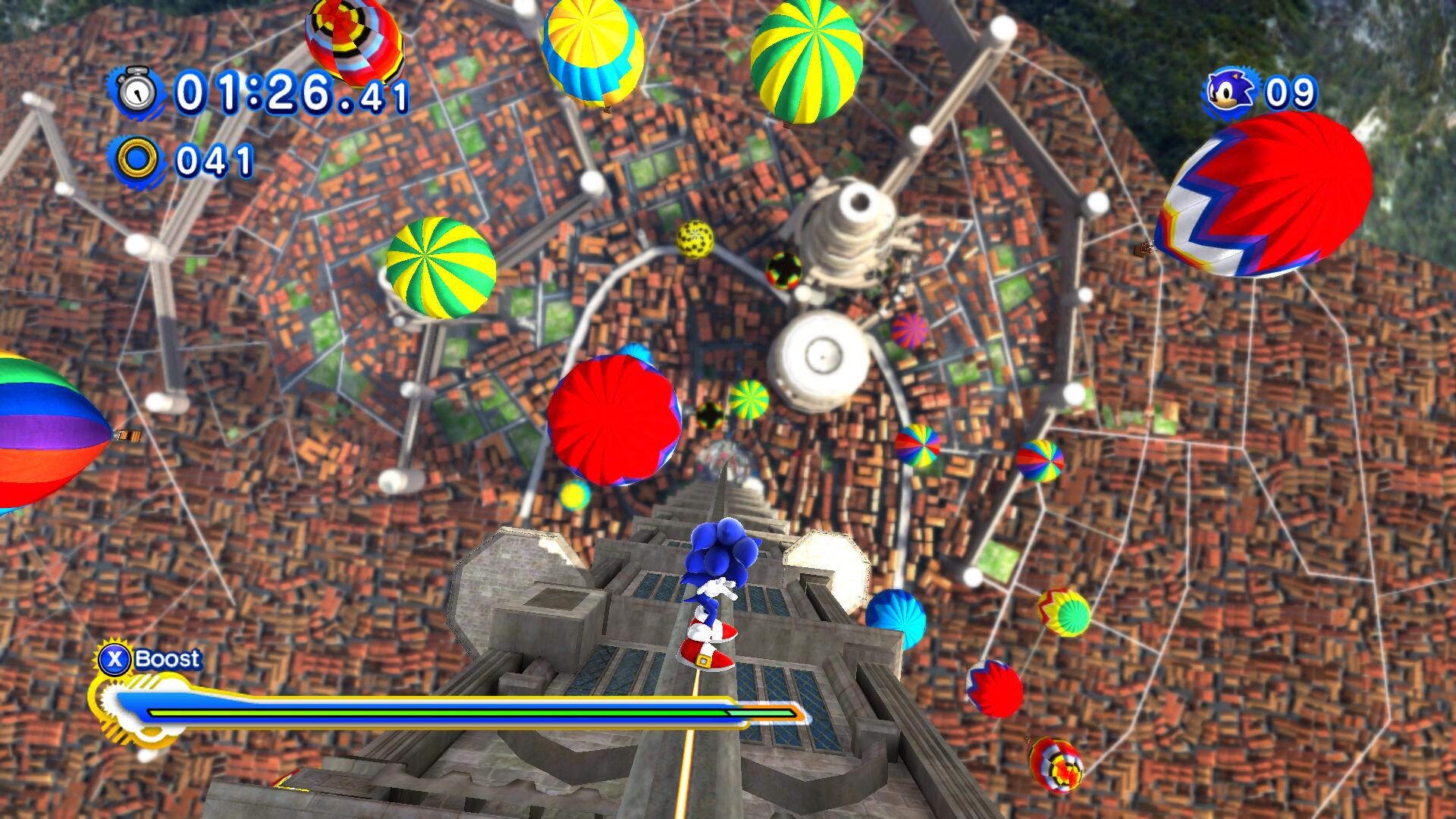
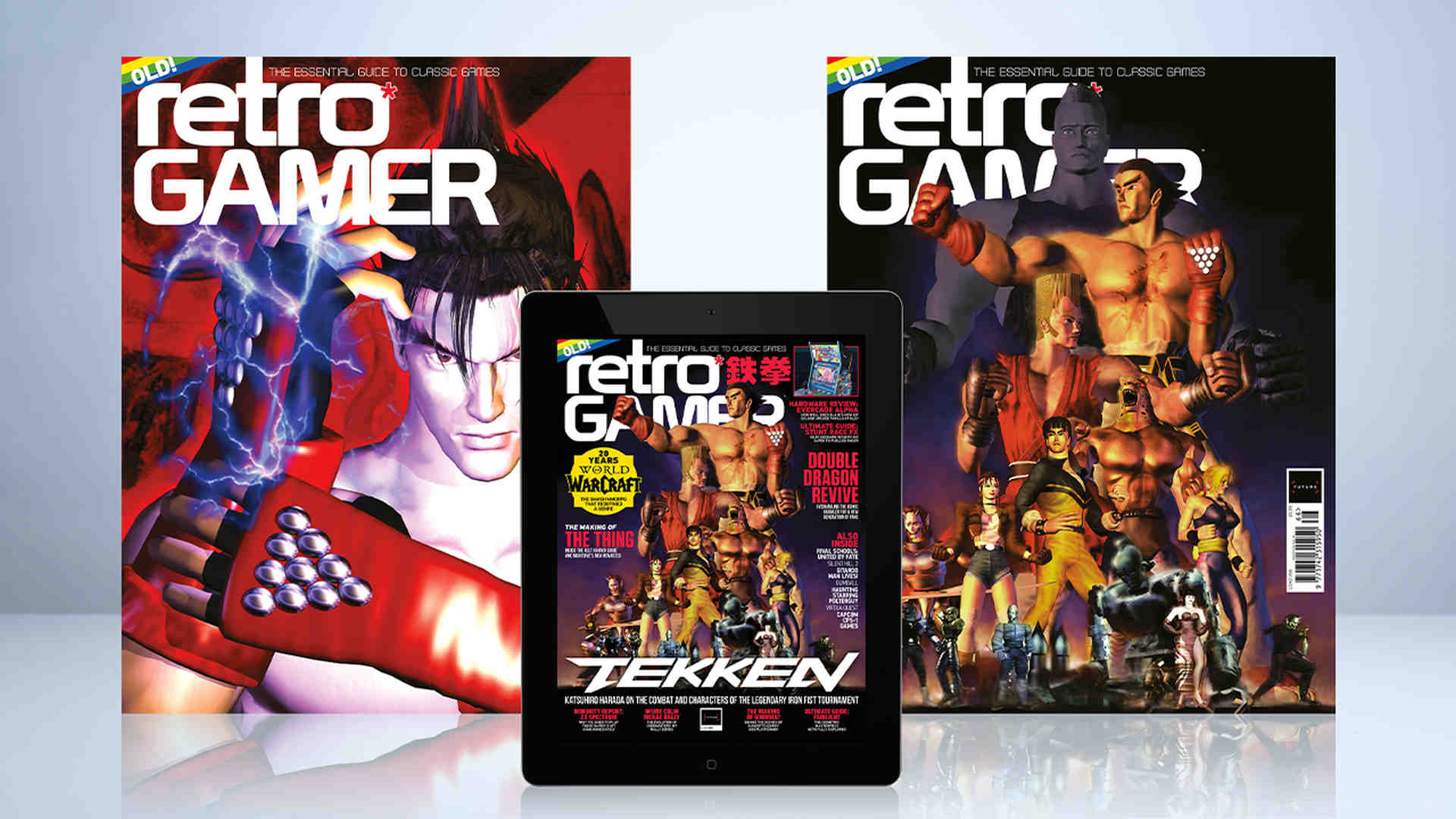
This feature originally appeared in Retro Gamer magazine. For more in-depth features and interviews on classic games delivered to your door or digital device, subscribe to Retro Gamer or buy an issue!
While Sonic Unleashed was received more warmly than its predecessor and represented a definite step in the right direction, opinions were still mixed. "Sonic Unleashed also featured two distinct styles of gameplay. Third-person, combat-focussed action games were popular at that time, and we wanted to explore how that could be represented in a Sonic title while reflecting on iconic Sonic moments that players love," says Takashi Iizuka, Sonic Team's creative director. That experimentation resulted in the creation of Sonic's stretchy-limbed Werehog form, whose stages were more akin to games like Devil May Cry and Ninja Gaiden. "Of course, we're always listening to fan feedback, and we took learnings to refine Sonic gameplay for more recent titles." That feedback clearly informed the direction of the next round of Sonic games, all of which kept platform gameplay at their core.
Following the completion of Sonic Unleashed, Sonic Team began development of Sonic Colours for the Wii and Sonic Generations for the Xbox 360 and PS3 – both of which would build on the Boost style of Sonic Unleashed. Sonic Colours arrived in 2010 and focussed exclusively on Sonic as a playable character, with new Wisp power-ups to expand his range of abilities. The game was a critical and commercial success and while the side-on sections dominated gameplay, it showed more of what the Boost style could offer to the series.
The Dimps-developed 2D platformer Sonic The Hedgehog 4: Episode I courted the nostalgia market in 2010, receiving favourable reviews and strong sales. However, heavily invested Sonic fans disliked the use of Sonic's modern design and mechanics, as well as oddities in the game's physics model.
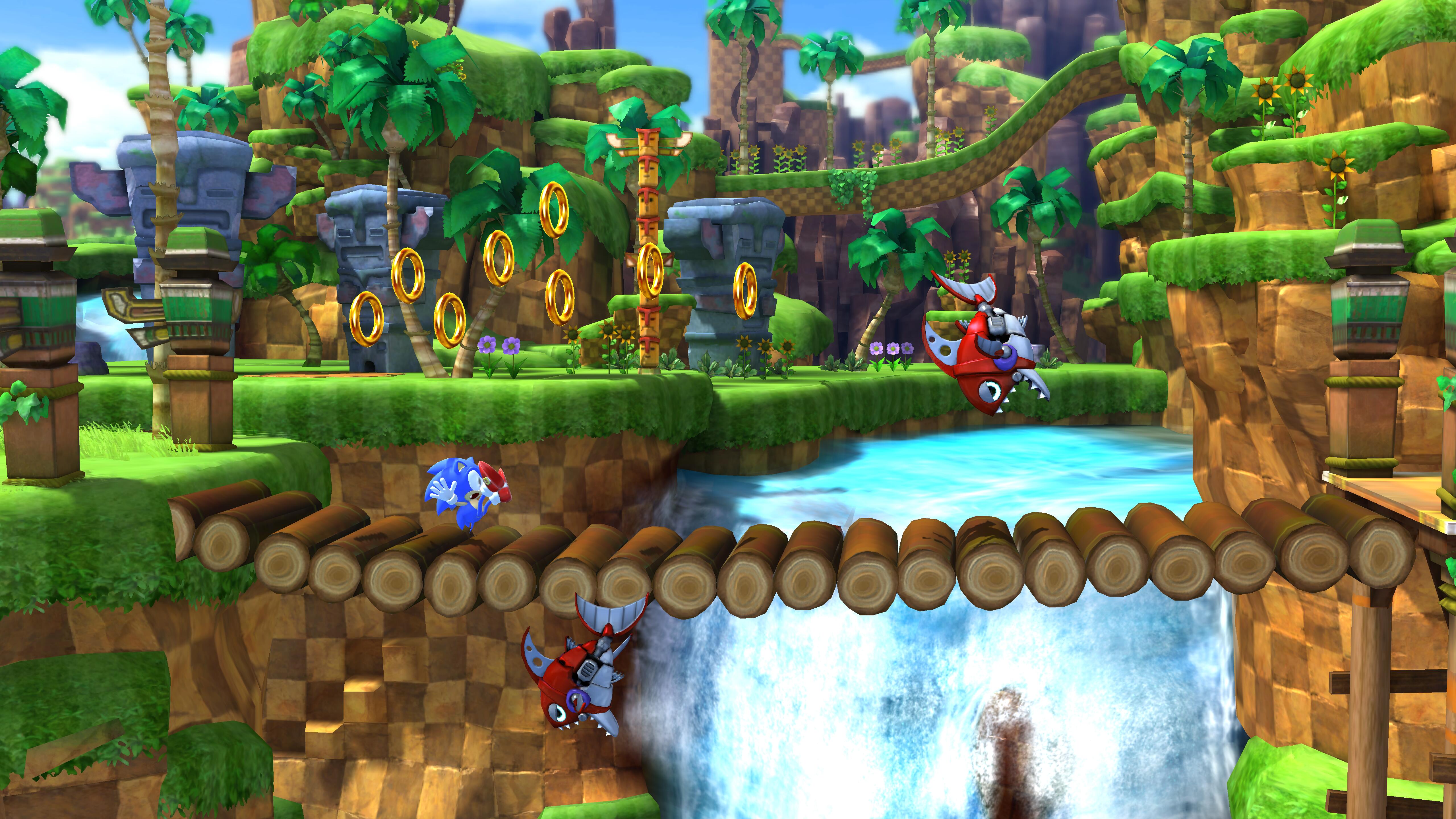
So finally, we come to Sonic Generations, which reprises the Sonic Unleashed concept of including two forms of Sonic. The game begins with Sonic's friends throwing him a surprise birthday party, complete with a chilli dog as a gift, only for a mysterious, shadowy creature to attack and drag the whole crew into a white void. Upon his arrival, Sonic finds locations from his past drained of their life and colour – as well as his friends in the same state. Soon enough, Sonic catches up with Tails and both of their past selves, as they try to right the crazy situation.
"From the very start of development, Sonic Generations was always intended as the ultimate celebration of Sonic and the franchise's highest moments from its past in one fun package," says Iizuka. "Combining both Modern and Classic Sonic made sense as we were honouring Sonic's holistic history which includes both designs." The pudgier, silent incarnation of Sonic from the Mega Drive days would feature exclusively in 2.5D stages and kept classic moves like the Spin Dash, while the long-legged, green-eyed version we know today would explore 3D stages like those of Sonic Unleashed, retaining his full repertoire of moves including sliding, wall jumps, stomps, homing attacks and of course the Boost.
Stage select
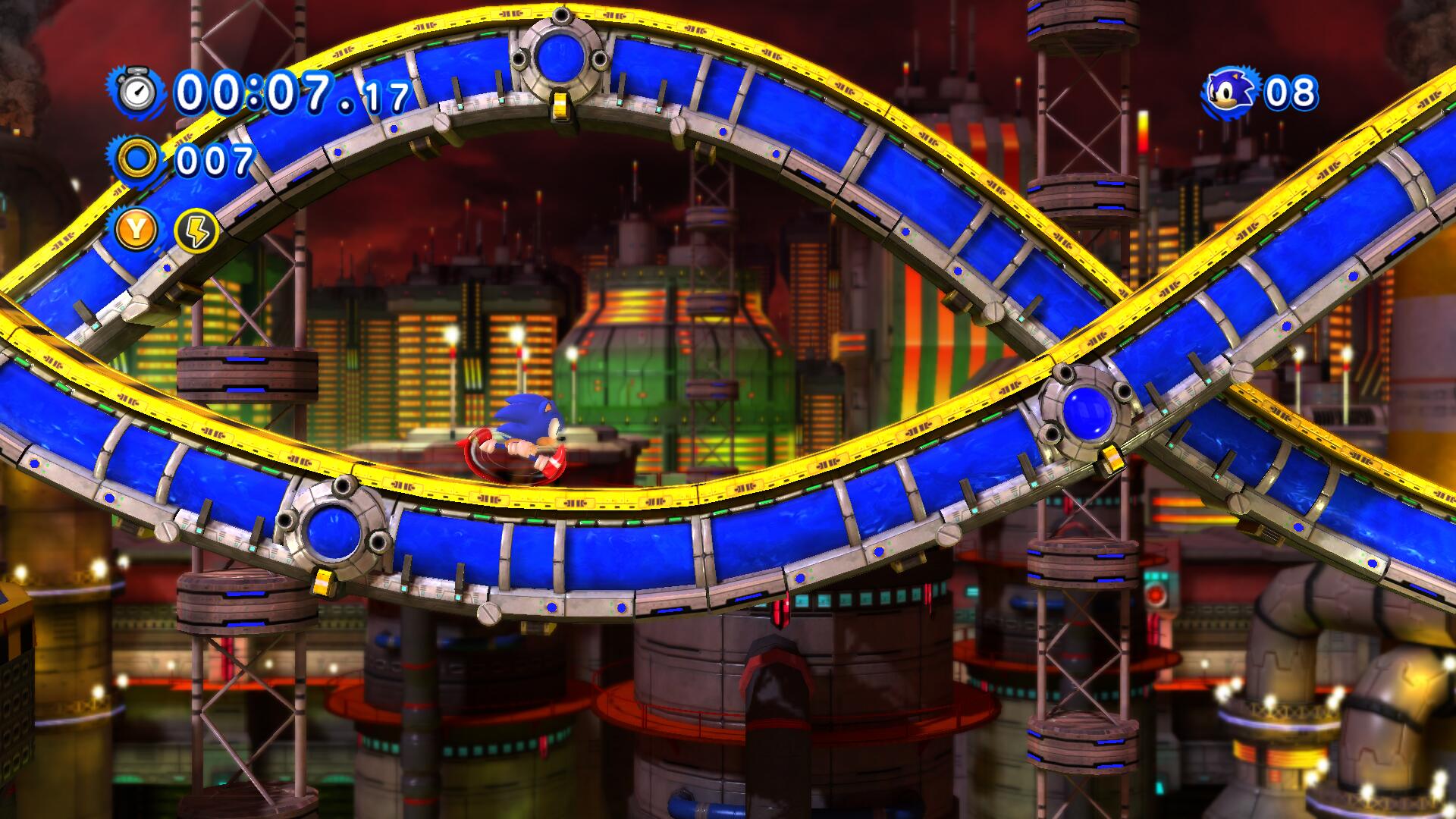
"Sonic Generations was meant to highlight all of Sonic's history so it's important we represented each title to the best of our ability."
Sonic Team consulted widely to find out which stages those should be. "Since Sonic's 20th birthday was such a big moment for the team, we wanted to make sure everyone at Sega had a say. We asked everyone in Japan, America and Europe who was working on Sonic games at the time to nominate their favourite levels, then we did more research with dedicated Sonic fans, and we made a shortlist," Iizuka recalls.
Nine stages were chosen in total, split across three eras that broadly represented the Mega Drive games, the Dreamcast games and the more modern games. The inclusion of stages from Sonic 06 and Sonic Unleashed surprised some fans, who hadn't expected Sonic Team to highlight games that were negatively received. "Sonic Generations was meant to highlight all of Sonic's history so it's important we represented each title to the best of our ability," says Iizuka.
For Green Hill, Chemical Plant and Sky Sanctuary, this meant finding ways to update them in full 3D. "It was important to respect and pay tribute to the original beauty and fun gameplay elements of each stage we included, and it was equally important to preserve the design motifs of the Classic levels (checkered patterns in Green Hill, blue pipe routes in Chemical Plant, etc) when modernising the textures and graphics, so the worlds all felt correct in the 3D space," Iizuka recalls. "There was a lot of trial and error as we explored how to do this before deciding on the final look, but once we secured the 3D design language and look of Green Hill, the rest of the stage designs all sort of fell into place."
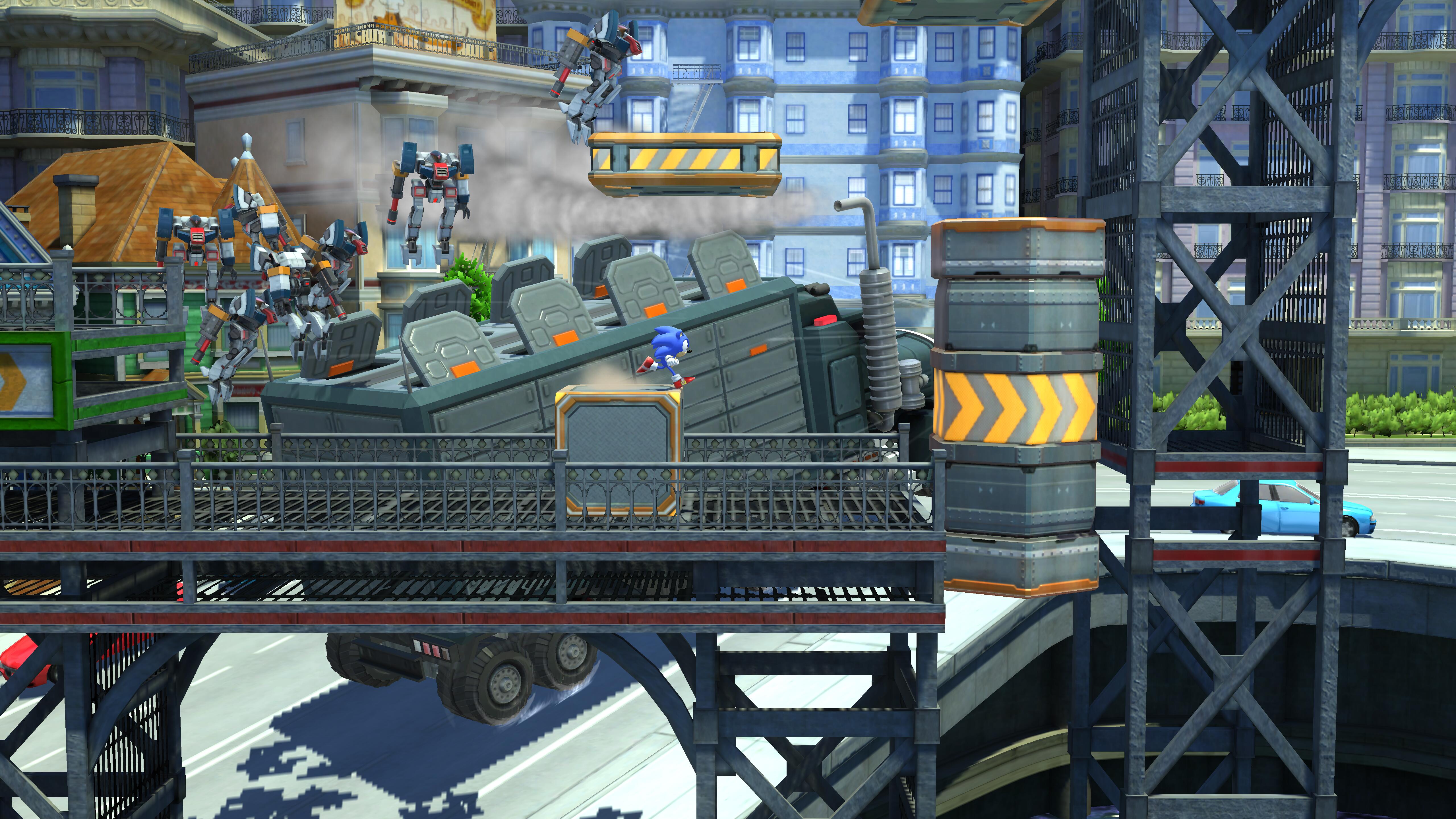
Iizuka continues to explain the level design philosophy behind the Mega Drive stages, saying, "We put a lot of effort into preserving the original 2D side-view level design as this was critical in evoking a feeling of nostalgia from the essence of Classic Sonic titles. Then, we added new level design and gameplay elements when the stage turned into a 3D world-view to create fresh, new, and exciting game moments." When you play the game, it's easy to see this in action – just in Green Hill, Classic Sonic's Act 1 has plenty of S-shaped tunnels and swinging platforms, while Act 2 sees Modern Sonic grinding through a flooded cave and stomping through wooden bridges to access secret paths.
However, the majority of the stages in Sonic Generations originate from Sonic's 3D games. "For stages pulled from the Modern games, we added 2D side-view gameplay mechanics to bring a fresh, new gaming experience to the more recent levels at the time," Iizuka tells us. City Escape is a great example of this, with Act 1 incorporating the GUN truck as a persistent antagonist that will cut across Sonic's path, destroying platforms as it goes. "Since using Boost is a primary way of having fun in Modern Sonic gameplay, we focussed on making that the focus of the 3D stages and providing great boost moments there," Iizuka adds, and moments like running down the skyscraper in Speed Highway transitioned effortlessly to that style.
Race to win
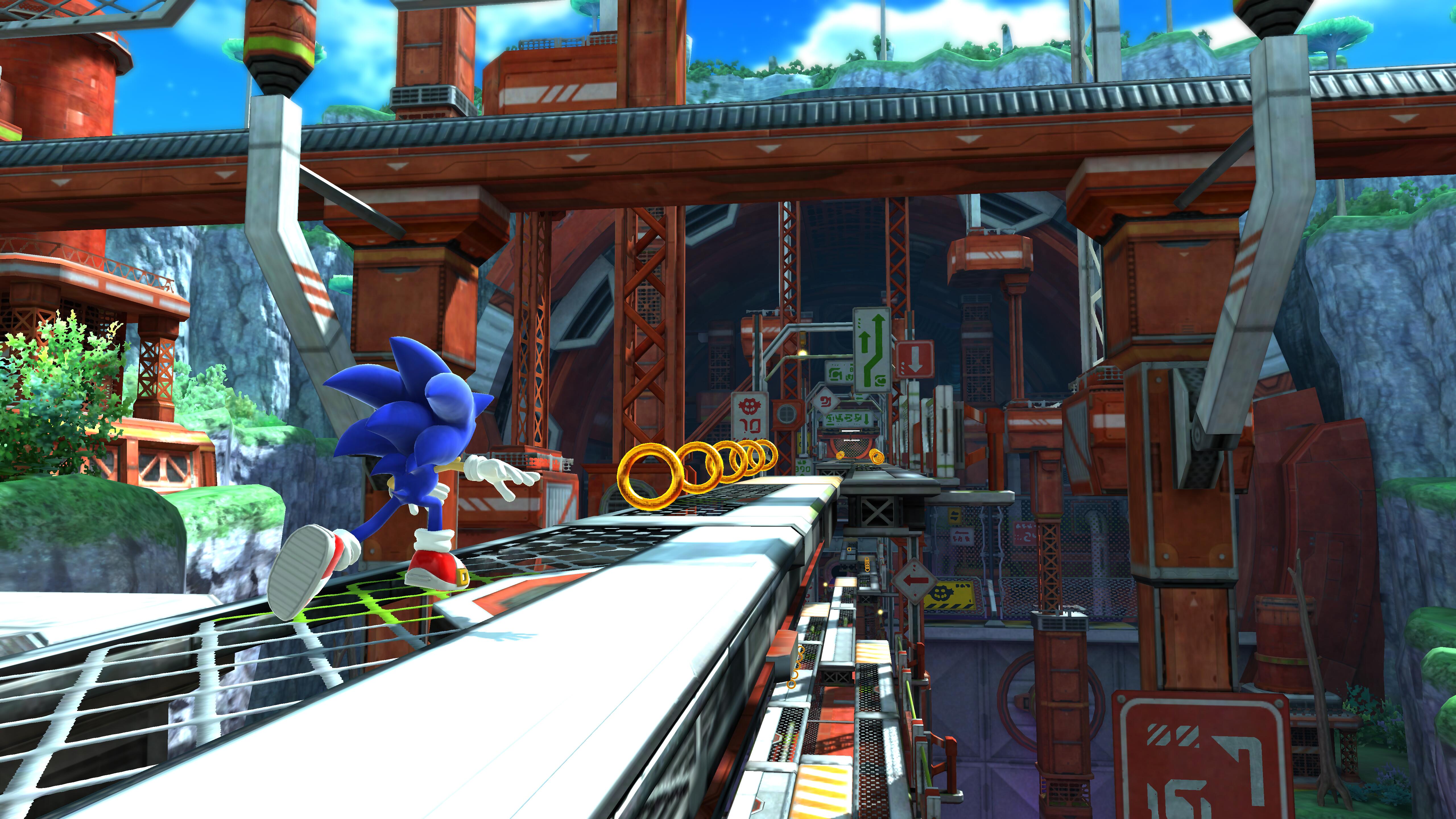
"Because the concept for Sonic Generations was already solidified, there wasn't any hesitation once we got into development."
Choosing to represent the entire series also meant the inclusion of stages from Sonic Unleashed and Sonic Colours, recent games that shared the Boost style. Was there any difficulty in ensuring that the Sonic Generations versions of the stages were sufficiently different to the originals? "Yes, there was," Iizuka confirms. "At the time, Sonic Generations was being developed right across from where Sonic Colours was being developed, so it was important that even though both teams were developing the same stages, the stages had to incorporate different level design to make sense for their different game concepts. Because the concept for Sonic Generations was already solidified, there wasn't any hesitation once we got into development."
Just as Classic and Modern Sonic diverged in gameplay styles, the musical themes for their stages did the same, with Act 1 themes tending towards more electronic musical styles, and Act 2 themes typically incorporating string instruments. The new arrangements and remixes came from a variety of musicians who had worked on the series throughout its history, including Tomoya Ohtani, Richard Jacques, Cash Cash and more.
Speaking to Sonic Retro in 2012, Sonic Generations sound director Jun Senoue explained that assembling the all-star team was a relatively straightforward process. "I heard about the levels we would have – Green Hill from the first one, Casino Night from the second – and then I heard about the different styles for Act 1 and Act 2. Then I just picked up the styles of music I wanted to get and I made a list of the musicians I wanted to team up with. I made some phone calls, dropped a line via email, and yeah, we had them," he said, though he did note that one desired collaborator proved elusive. "As for [Masato] Nakamura-san's music, I hoped I could team up with him to make an alternate version but he was not available," he lamented, referring to the composer for the original Mega Drive game.
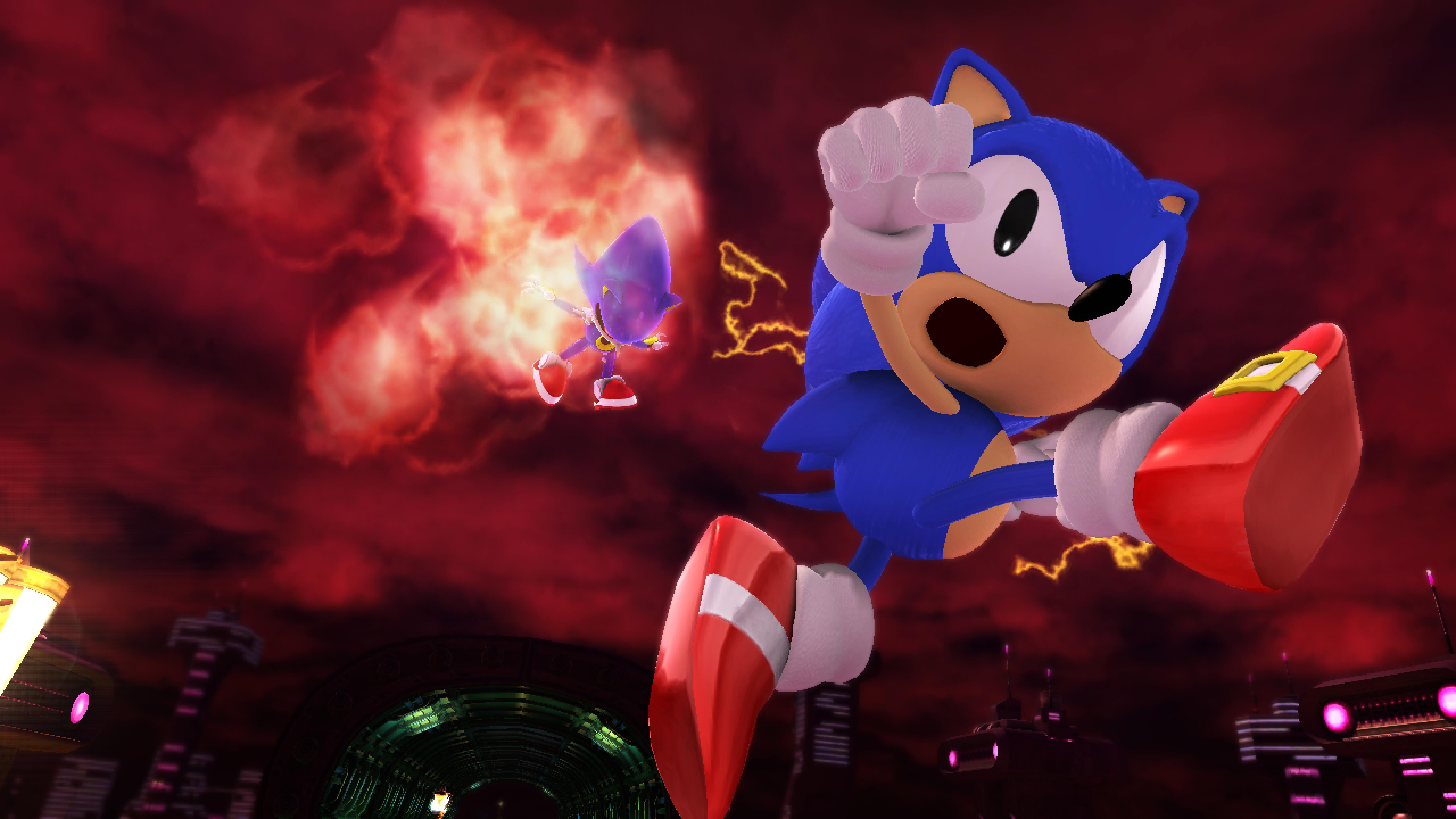
For boss battles, Sonic Team chose a rival character of a similar stature to Sonic and a gigantic main boss for each era. Unlike the main stages, each boss was designated for either Classic or Modern Sonic, but the developers kept the core theme of the game in mind. "Act 1 stages were always nostalgic-themed, while Act 2 stages had more modern themes, so we kept the same concept for boss and rival battles. We created gameplay that was both nostalgic and new for them," Iizuka explains. "Specifically, we wanted the feeling of nostalgia to come through in the entrance scenes of the boss and rival characters, so we designed their entrance accordingly, then the gameplay would include new attacks and strategies to defeat the bosses and rivals to make for a fresh new gameplay experience."
As well as the main stages, players must complete a number of Challenge Acts to make progress. "Developing stages for all Sonic games – not just Sonic Generations – is a massive effort requiring a lot of time and energy. A stage that takes the development team half a year to create can be completed in no time because Sonic runs so fast. To get the most out of all the stage assets that took so long to create, we added Missions into the game," Iizuka remembers. The challenges included beating levels with a single ring, time attack goals and utilising particular power-ups to negotiate tricky areas. "For me, I really like the missions that involve co-operating with the other characters to complete because it reflects the 20th anniversary concept of the game," Iizuka says.
High score
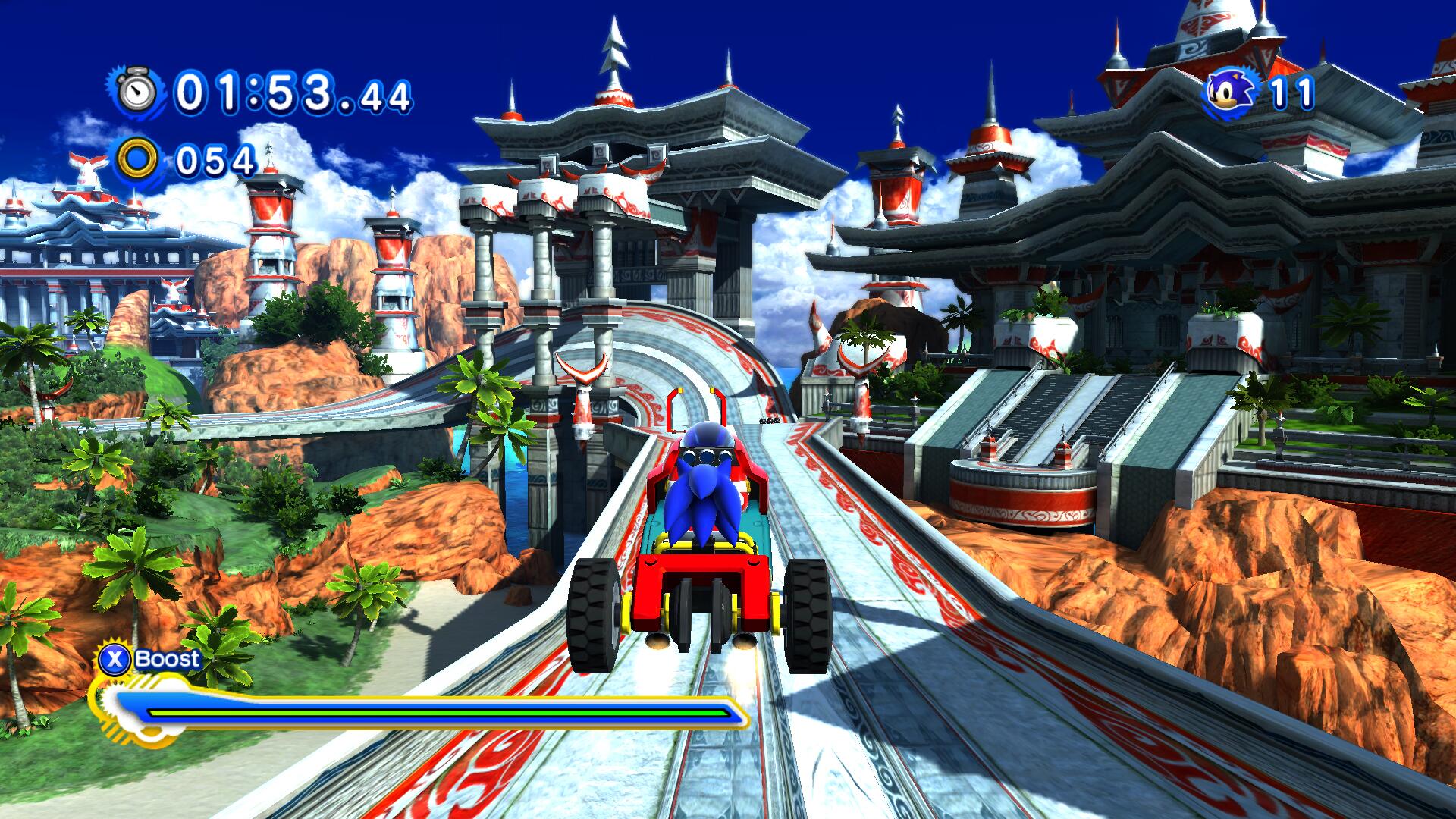
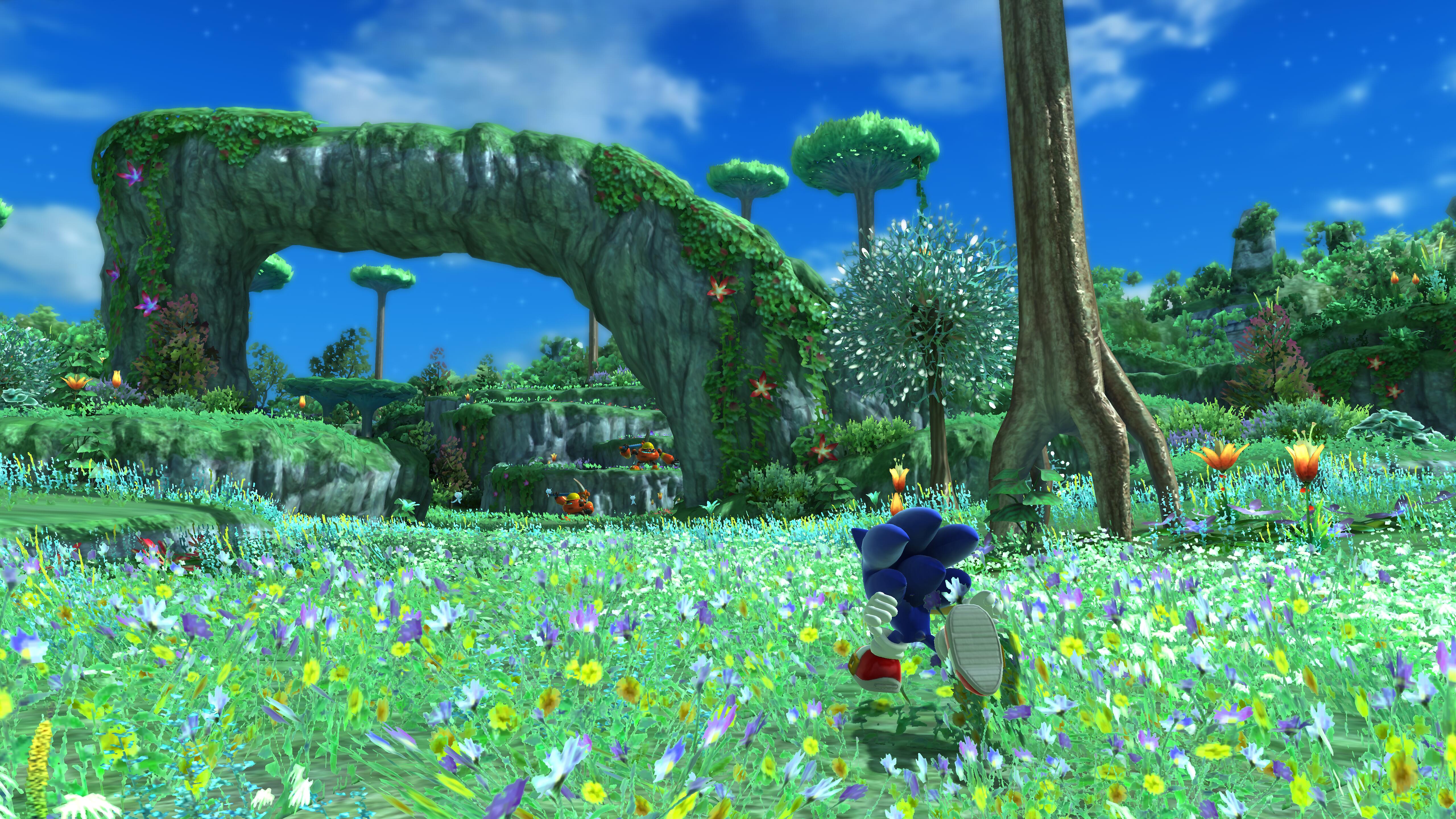
What did we think? In our Sonic Generations review we called it the "best Sonic game since Sonic 2". High praise indeed!
When it arrived in November 2011, Sonic Generations received positive reviews. Though games™ felt that "we could do without the need to complete three challenge levels before being allowed to move on to the next series of proper stages" it still felt the game was "one of the best Sonic games in recent years", with "some genuinely imaginative and exciting level design", enough to earn it 7/10. 360 Magazine said "it's great to see Sega really nail the 3D formula" and gave it 4/5. Other scores included 84% from GamesMaster, 8/10 from Official PlayStation Magazine and 70% from Play.
Sonic Generations wasn't just a critical turning point for the series. Sonic Generations managed to shift 1.85 million copies in its first six months and had a long tail, with the game still selected as a highlight in a 2021 financial statement from Sega. That success greatly influenced the future of the series. "Before Sonic Generations, we felt the Modern series moved the Sonic franchise forward from the Classic series, so the Classic series was regarded as Sonic's past. Our 20th anniversary title, Sonic Generations, was key in changing how we thought about things," Iizuka reflects. "Not only was it the first game to mix both the Classic and Modern series together, but it also made us think about preserving and growing both of those series as the Sonic brand continues, which ultimately led us to Sonic Mania."
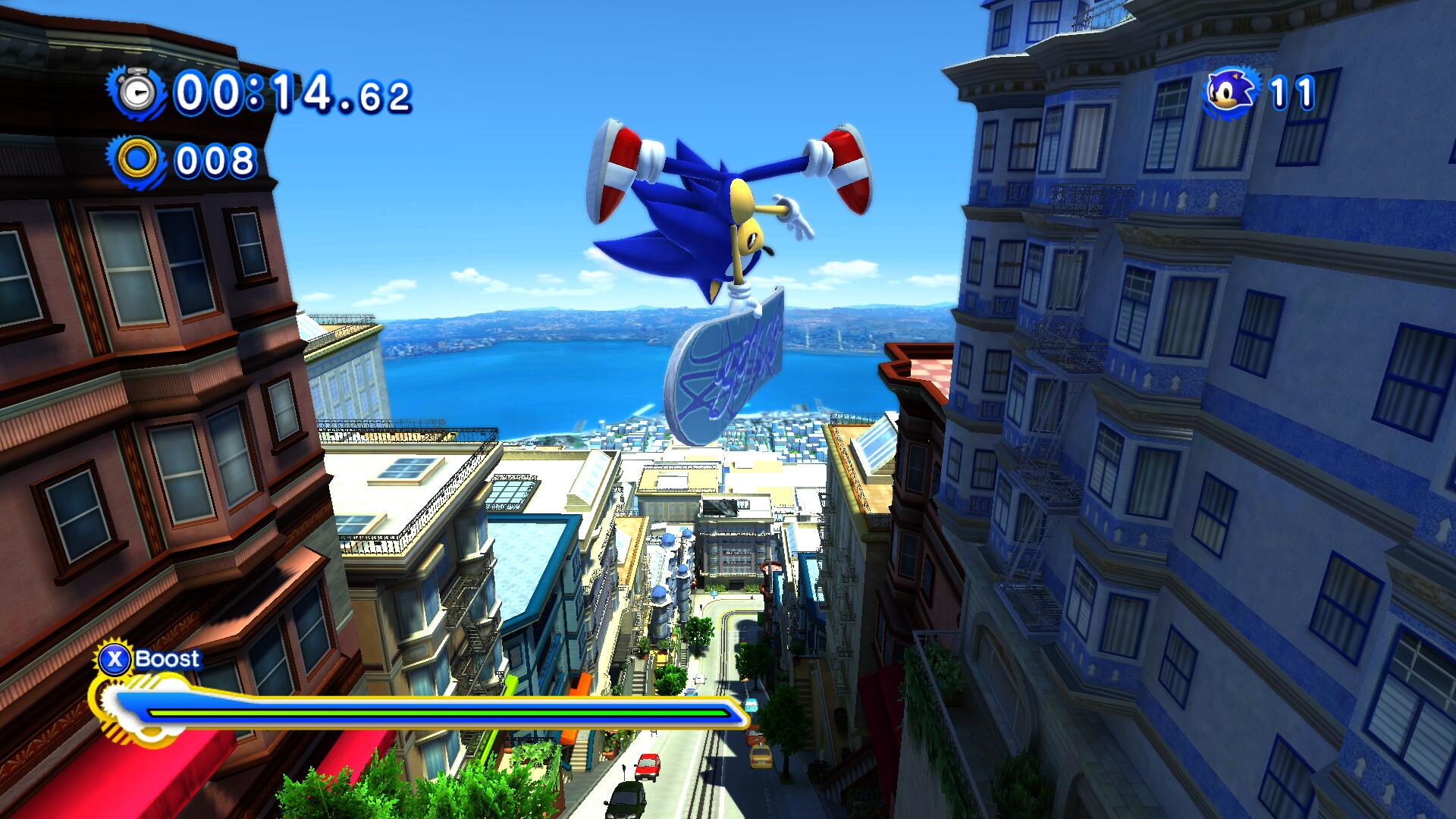
After years of struggling to find a direction for Sonic, looking backward revealed the path forward. Examine the games that followed Sonic Generations, and you'll see a concerted effort to deliver on the heritage of the series. Sonic Lost World changed up the gameplay, but leans heavily on the highly stylised look of the early Mega Drive games, before Sonic Forces reprised the pairing of Classic and Modern Sonics and the gameplay associated with them. The aforementioned Sonic Mania took the opposite approach to Sonic Generations to critical acclaim, creating and remixing stages in a retro style, and Sonic Superstars has carried the Classic Sonic style forward.
If there's one thing Sonic fans love almost as much as the hedgehog himself, it's disagreeing with one another, and what's striking about Sonic Generations is its ability to unify such an argumentative bunch. Whether you wanted to blast through a 3D Green Hill Zone that would have been unimaginable in 1991 or desperately wanted to see Sonic and Shadow duel one more time, Sonic Team did as much as possible to fulfil those wishes, and the game is highly regarded as a result. So if you want to remember why you fell in love with Sonic all those years ago, or are simply curious as to what you've been missing out on, give Sonic Generations a play – you're bound to find something you'll love.
Special stage: running to 3DS
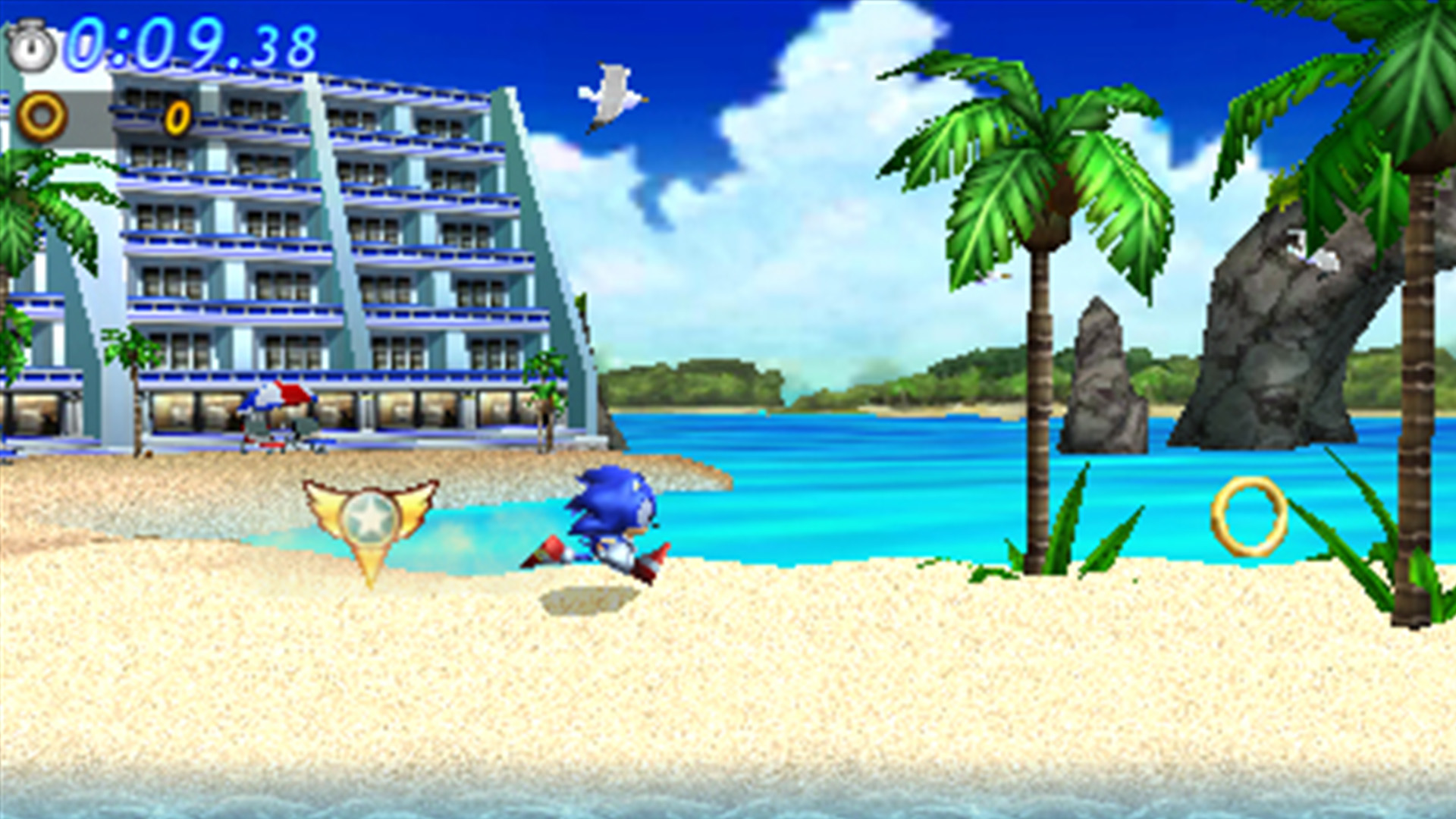
One of the aspects of the Sonic series that fans have come to appreciate over the years is the creation of bespoke games for handheld platforms, which often vary quite significantly from the hedgehog's home-console adventures. That tradition stayed intact for Sonic Generations. "Most of the assets created for the PlayStation and Xbox versions of Sonic Generations could not be used at all when developing the 3DS version of the game, so we focussed on different stages for the 3DS version, and really made two different titles celebrating the 20th anniversary of Sonic," Takashi Iizuka explains.
As with the Sonic games for Game Boy Advance and DS, the 3DS version of Sonic Generations was a collaborative effort with the external developer Dimps. "The team worked very closely with Dimps from concept development and co-development of the game to the end. I presented the core game concept, stages to create and the story, while Dimps worked on all the level design and development for the 3DS platform," Iizuka tells us. "I travelled a lot to the Osaka studio during development to make sure the 3DS game they were working on had the same Generations feel to the game being made in parallel in Tokyo by the Sonic Team."
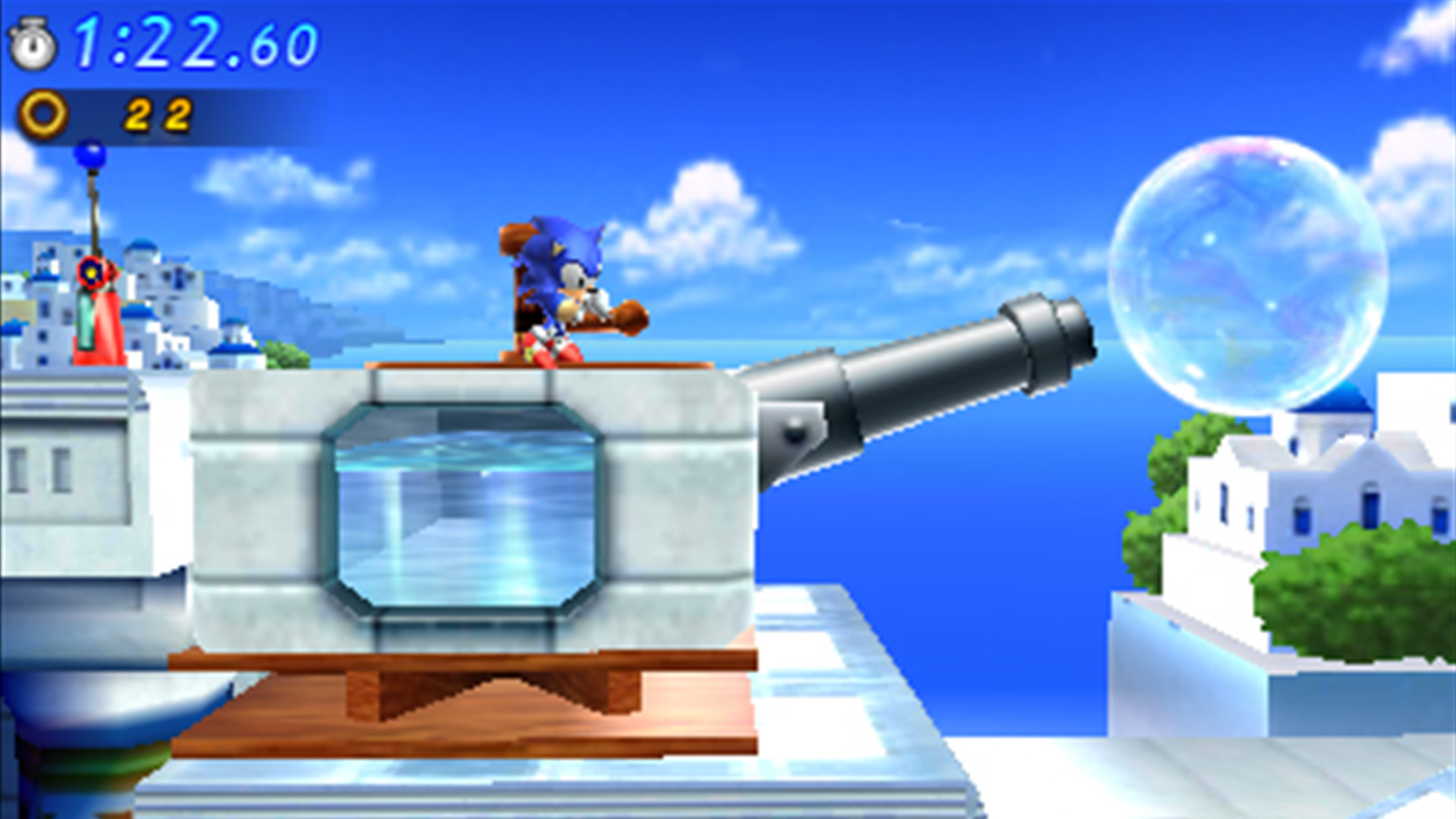
In gameplay terms, the contrast between Classic Sonic and Modern Sonic stages is less stark on the 3DS. "We wanted to create the best experience for players on 3DS hardware, so from the beginning, we didn't add the 3D world-view perspective gameplay into the concept," says Iizuka. "However, we did want to expand on the 2D side-view gameplay by having platforming action that was true to Classic Sonic combined with game design and gameplay that would reflect the fun of Modern Sonic as well." This meant adding moves like boosting, sliding and the homing attack for Modern Sonic.
The main reason to seek out the 3DS version of Sonic Generations is that while it follows the same story beats as the home-console versions, it draws different stages and bosses from past games – for example, Mushroom Hill Zone instead of Sky Sanctuary Zone, and Big Arms instead of the Death Egg Robot. "We also wanted to do something unique for the handheld version, so we included stages from Sonic Rush only on the 3DS version," Iizuka notes. The game also brings back Special Stage chases for Chaos Emeralds, based on the ones that appeared in Sonic Heroes.
NGamer felt that the 3DS game was "good-looking and fan-pleasing, but a bit short" and awarded it 79%. Official Nintendo Magazine also noted the short length, but noted the "huge selection of missions" and gave it 85%. Less impressed, GamesRadar+ gave it 3.5/5, and said that "there is plenty to enjoy if you bother to look outside of the main story mode" but complained that "the new levels are just too unambitious and end up playing like Sonic's recent DS outings".
Recently released as Sonic X Shadow Generations with a whole new campaign for the rival 'hog, we said it features some of the best levels in Sonic's 3D history. Want more speedy action? We've got our list of the best Sonic games ready!







